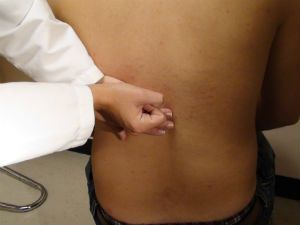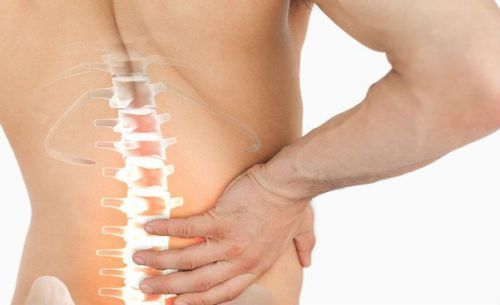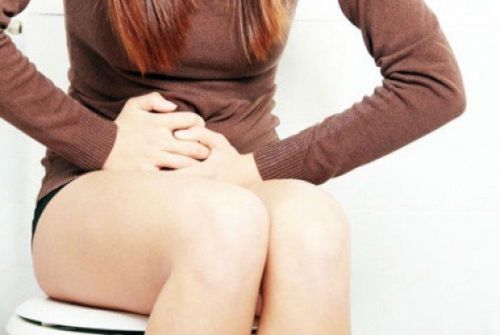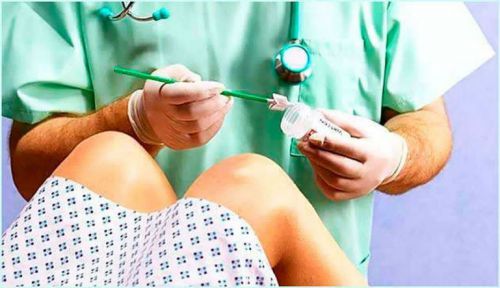The current test includes a required symptom of Pasternatskogo in the scheme of the initial examination of suspected kidney disease, the abdominal cavity. This method is used by doctors in the differential diagnosis.
Sign pasternatskogo entrenched in the title after revealing a special characteristic of the Russian physician I. F. Pasternack in the study of the manifestations of urolithiasis.
He first noted the relationship of pain during effleurage on the lower back and the subsequent increase in the number of red blood cells in the urine with renal colic.
Of course, for a definitive diagnosis one way is not enough. In a complete examination includes laboratory and instrumental, x-ray and ultrasound, magnetic resonance and even radioisotope studies. But in the practical activity of the doctor is rarely able to use them at the bedside of the patient.
A technique to identify a symptom
Doctors are advised to use a 3 variant of classical reception.
They depend on the position of the patient, his General condition:
- if the patient can stand or sit, the doctor recommended to put the palm of one hand on the lumbar region and spend a few gentle blows with the fist or edge of the palm of the other hand on the dorsum of the hand;
- if the patient sits, the doctor may tap your fingers on the area of projection of the kidneys (on the border of the lower ribs and lumbar muscles);
- when the position of the test person on the back of the doctor is to take the hand under the lumbar region and make a few aftershocks.

All options include a mandatory two-way application. This enables you to identify differences in reactions from each kidney. During the inspection children effleurage is a light finger tap.

Tapping can be made by hand
Interpretation of results
Positive symptom pasternatskogo detected in the presence of pain on the right or left in the area tapping. It is considered strongly positive if the pain is significantly amplified, the result of research method. Such an outcome is most common in urolithiasis.
If the patient does not feel any discomfort, the symptom is considered to be negative. The medical documentation must contain results for both sides. Frequent designation a plus (+) or minus (-).
We must not forget about the classic description of the procedure. This means that the patient needs to take a urinalysis before and after the manipulation, a comparison of red blood cells. If there is a growth of hematuria, this symptom is counted as a positive symptom.
The important link of pain with the strengthening of hematuria as pain during effleurage may occur not only in the inflammatory process in the kidney, the layers of fat tissue but also in cases of pancreatic pathology, in scoliosis, osteochondrosis of the lumbar spine.
If you sign pasternatskogo negative on both sides, it is impossible to calm down and stop studies on renal pathology. The cause may be abnormalities in the localization of the kidneys or latent stage of chronic inflammation.
In the diagnosis it is important to the mapping of complaints and signs of disease
When revealed a positive symptom?
The result is defined as positive in the following conditions:
- urolithiasis or nephrolithiasis with formation of the salt stones in the urinary tract;
- acute or chronic pyelonephritis, when inflammation takes pelvis, calyx to parenchyma of kidney;
- aposematism form of acute pyelonephritis, severe septic course of the disease, the cause of which often serve remote chronic foci of infection;
- perinephric and paranephritis – if the inflammation proceeds to the capsule and perirenal adipose tissue;
- the renal tumors as benign (cyst, angiolipoma, adenoma, fibroma) and malignant growth (renal cell carcinoma, adenocarcinoma);
- acute glomerulonephritis, rarely in the chronic form of the disease when autoimmune inflammation takes the glomeruli, the basic structural units of the body.
Diagnostic features
In practice, doctors distinguish between symptoms of Pasternatskogo and “tapping”, can not be traced when increasing the number of red blood cells in the urine.

Positive symptom of “tapping” can be with such pathologies as:
- injury of the renal structures with bruises, wounds;
- vascular ischemia with separation of necrotic tissues;
- pathology of the perirenal tissue (paranephritis);
- diseases of the musculoskeletal system;
- diseases of the digestive organs (especially intestines);
- in women with chronic inflammation of the appendages, cystic-changed ovaries.
Diseases of the spine also give a positive reaction to the beating
To confirm the relationship of the symptom of “tapping” or Pasternatskogo with specific diseases requires advanced diagnostics.
It includes:
- a complete medical history;
- General blood test, biochemical tests for sugar, protein, nitrogenous substances, electrolytes, pancreatic enzymes, liver;
- urine tests, including General study, sediment microscopy, tests for Nechiporenko and zimnitskiy, determination of protein, sugar, bilirubin;
- ultrasonic scanning of abdominal cavity organs and kidneys;
- radiographic technique review images, tomograms, and contrast-urinary tract;
- cystoscopy;
- magnetic resonance and computational study;
- biopsy of suspicious areas of tissue to exclude malignant growths.
These studies are evaluated together and allow to obtain more accurate information about kidney and other urinary structures, their functions, the presence of pathology in adjacent organs.
Tactics of the doctor after identifying a positive symptom of Pasternatskogo
After the detection of a positive symptom of Pasternatskogo the doctor prescribes additional examinations and received their results, makes a diagnosis and prescribes treatment.
In the treatment of urolithiasis is used:
- conservative techniques that mean relief of the pain of renal colic, enlargement of the ureters and forced diuresis for the expulsion of the stone, prophylactic purpose anti-inflammatory drugs for the prevention of pyelonephritis;
- when stones formed from urate salts, and possibly the use of drugs with solvent action;
- endoscopic methods of extracting stones;
- method of shock wave lithotripsy;
- the surgical treatment of complications (anuria, overlapping urinary tract infections, kidney bleeding).
Inflammatory and suppurative processes in the kidney and the perirenal tissue require immediate use of strong antibiotics group:
- penicillins,
- cephalosporins,
- fluoroquinolones.
You may need the opening of the abscess with lavage of the cavity with antiseptic solutions.

Autoimmune inflammation (glomerulonephritis) is prescribed:
- drugs cytotoxic group;
- high-dose corticosteroids.
Depending on the diagnostic results determined the further tactics of patient’s management
The initial symptoms of kidney failure are treated using a strictly restrictive diet (low protein, no salt), compensation, electrolyte and acid-base composition of blood. You need time to take the decision to use hemodialysis. The method allows to save a patient’s life.
A tactical approach to the treatment of kidney tumors depends on their origin and the biopsy results. For small benign tumors that do not have the tendency to rapid growth, just watch. If the tumor is cancerous, then it should be removed as early as possible. The extent of surgery depends on the kidney lesions, the extent of the process to the lymph nodes and surrounding organs.
In the case of inoperable stage, prescribed symptomatic agents. As you can see, the identification of a symptom of Pasternatskogo to date has importance in the diagnosis and the subsequent treatment.




Hello.This article was extremely interesting, particularly because I was searching for thoughts on this topic last Tuesday.
great share
My clique on FB would enjoy this entry. Mind if I show it to them?
Hi, Neat post. There is a problem with your site in internet explorer, would check this?IE still is the market leader and a huge portion of people will miss your fantastic writing due to this problem.